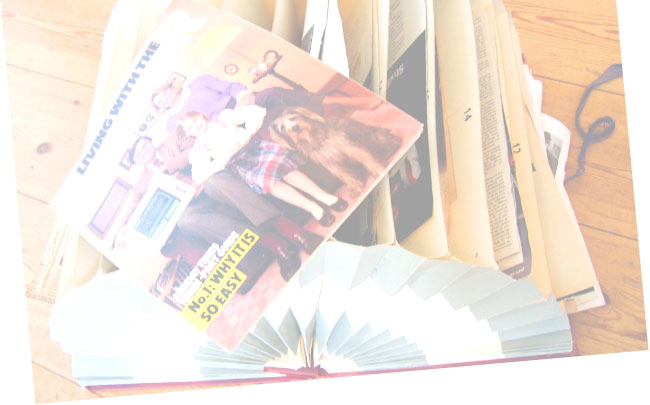
Designer Interaction with Informal Collections of Visual Material
Committee
Rector MagnificusProf. dr. P.J. Stappers
Prof. J.M. Hennessey
Prof. dr. J.P.L. Schoormans
Prof. dr. ir. J.B.O.S. Martens
Prof. dr. B. Laurel
Prof. G. Crampton Smith
Prof. dr. K.P. Lee
11-11
Defence on November 11, 2005 at 10:30 AM in the Senate Room of the Aula. At 10:00 AM a short presentation of the key findings.Meer Promotieceremonie (Dutch)
For Inspiration Only
|
contact
Ianus Keller(Pieter Jan Stappers)
Landbergstraat 15
2628CE Delft
room: 10-2A-19
phone: 015-2785202
email: a.i.keller@io.tudelft.nl, p.j.stappers@io.tudelft.nl, mail@forinspirationonly.com
Get the thesis
Complete thesis (PDF-5.6 Mb)Buy a physical copy
Watch the movies
Watch some pictures
Hire me
Links to related projects:
ID-StudiolabThe TRI Setup
Cabinet
ACT 02
forinspirationonly.com
Download  snippets:
snippets:
Table of ContentsSummary
Samenvatting (Dutch)
Index of Names
Curriculum Vitae
publications
Title & Colophon









